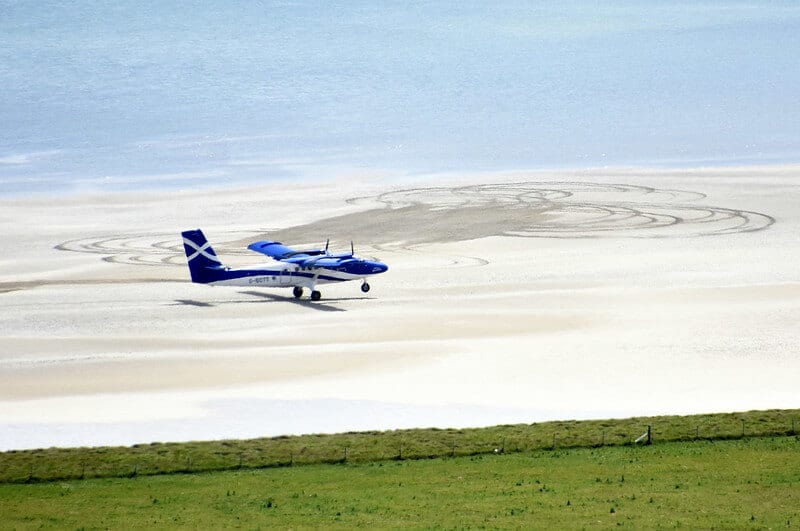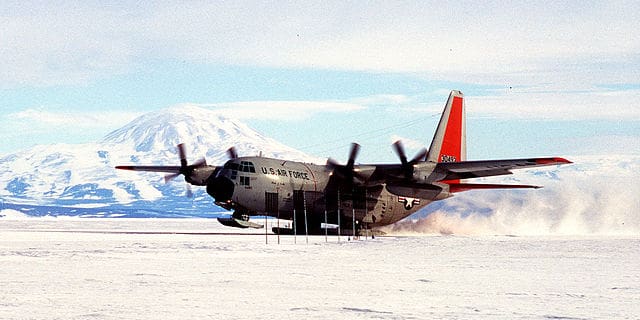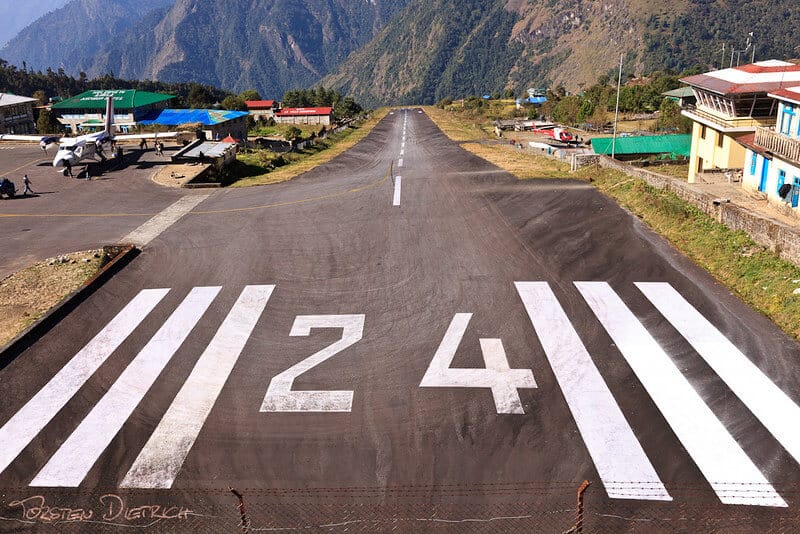If you're a travel fanatic like me, then you might be wondering what the most dangerous airports in the world actually are. Whether you're really keen to tick them off your bucket list, or simply know which ones you should avoid, let me share them with you.
Some are accessible by small plane, others commercial airliner and some you'll need to join the military to get there! But it's always interesting to know about these airports.
5. Tenzing Hillary Airport, Nepal
Commonly known as Lukla Airport, the runaways of this facility are nested in the Himalayan mountains, around 2,860 metres above sea level. This is the first danger that the airport presents to passengers, as the high altitude and the low air pressure that accompanies it make it the even more challenging for pilots to handle the plane.
The second threat comes with the runway, which barely reaches 527 m long, as opposed to the 1,800 m recommended for a small aircraft safe landing. If that wasn't enough, Lukla is surrounded by mountains on all fronts, so there is no room to manoeuvre in case something goes wrong during take-off or landing.
It comes as no surprise that Lukla tops the list of the 5 Most Dangerous Airports in The World.

"Gustaf III Airport" by D-Stanley is licensed under CC BY 2.0
4. Gustav III, St Bart's
The Gustaf III Airport in Saint Barthelemy only allows certified pilots to land on its runway.
And here's why: it is surrounded by a white-sand beach full of enthusiastic tourists, steep hills, and a paved road with active traffic.
On top of that, the landing strip is merely 650 m, ending right at the beach. With these conditions, it is no wonder that History Channel has previously named it the most dangerous airport in the world.

"Barra" by James.Stringer is licensed under CC BY-NC 2.0
3. Barra Airport, Scotland
If landing near the coast wasn't stressful enough, try landing right on the sand of a tidal beach. Despite the breathtakingly beautiful landscapes of the Scottish coast, the landing at Barra Airport is up for a nerve-wracking experience.
The remote sandy terrain at Traigh Mhor is tampered with mild to severe winds on a daily basis, and its three runways are under water during the high tide season.
Electric power at Barra Airport is reduced, and during night landings the cars parked nearby are requested to turn on their lights to help the pilots.
2. Courchevel Airport, France
Serving as a ski resort in the French Alps, Courchevel receives a vast amount of visitors each year. Its only runaway has a length of 537 metres with a gradient of 18%, ends on an upward slope, and it's normally bordered by ski runners.
Because it is surrounded by snow-covered mountains, visibility tends to be poor and when fog is present the landing is practically impossible. Cherry on top, the runaway doesn't have light markers so pilots have to rely on instinct and experience.
It's no wonder why only a number of qualified pilots dare taking the complicated landing operations under their hands.

By United States Air Force / Public Domain
1. McMurdo Station, Antarctica
Being the only aircraft station in the sub-continent, McMurdo Station runway is made on its entirety of ice.
This Ice Runaway in the US research centre is built yearly during the summer with around 15 cm of compacted snow, and paired with the unsteady weather it challenges even the most experienced pilots.
Let's remember that the numbing cold Antarctica has approximately 6 months of no daylight. It's near impossible to set functional lights on wet, slippery ice, so pilots don't have visual aid during the winter or white-out conditions and they are required to practically land blindly.
Related: Airplane Travel Accessories

- 6+ Best Neuroplasticity Courses To Learn Online - May 21, 2022
- 5+ Best Acupressure Mats To Buy [Top Rated] - July 3, 2021
- 5+ Best Smart WiFi Light Bulbs In Australia - January 31, 2021

